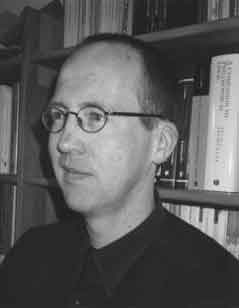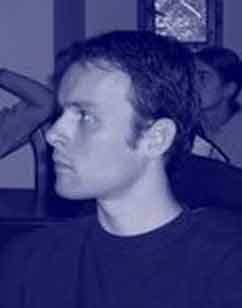| Truth-Values
Heinrich Wansing and Fabien Schang Dresden University of
Technology, Germany |
 |
 |
||||||
|
The notion of a truth value has been introduced into logic and philosophy by Gottlob Frege in two seminal papers in 1891 and 1892. Truth values play a central role in logic and have been put to quite different uses. They have been characterized as: - primitive abstract objects denoted by sentences in natural and formal languages, - abstract entities hypostatized as the equivalence classes of sentences, - what is aimed at in judgements, - values indicating the degree of truth of sentences, - entities that can be used to explain the vagueness of concepts, - values that are preserved in valid inferences, - idealizations of basic proof-theoretical properties, - values that convey information concerning a given proposition. Depending on their particular use, truth values have been treated as unanalyzed, as defined, as unstructured, or as structured entities. In this tutorial, we will briefly comment on the history of the notion of a truth value and on the various uses of this notion in philosophy and logic. We will then focus on some selected topics including the famous slingshot argument and Suszko's Thesis. The slingshot argument may be interpreted to call into question the view that sentences denote truth values, and Suszko's Thesis was meant to prove that there are but two logical values, Frege's the True and the False. Moreover, the tutorial will deal with generalized truth values as used in Belnap's useful four-valued logic (FDE) and extensions of FDE.. |
||||||||
|
Bibliography: Truth values. Part I, Studia Logica 91-3 (2009), special issue edited by Y. Shramko and H. Wansing. Truth values. Part II, Studia Logica 92-2 (2009), special
issue edited by Y. Shramko and H. Wansing |
||||||||